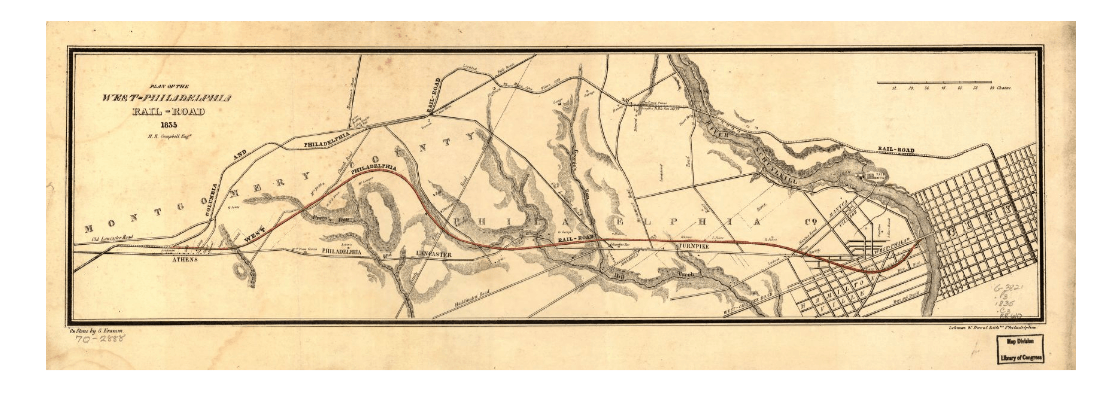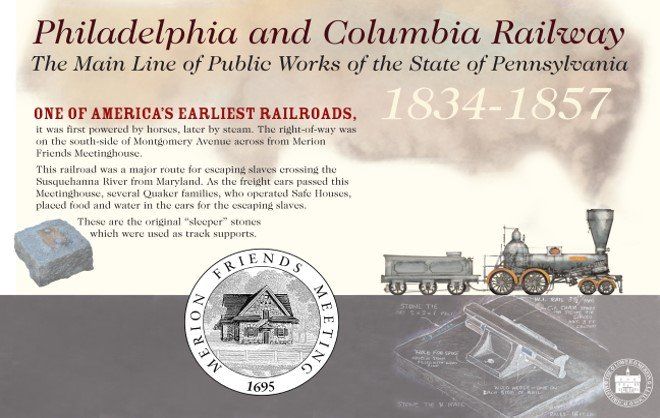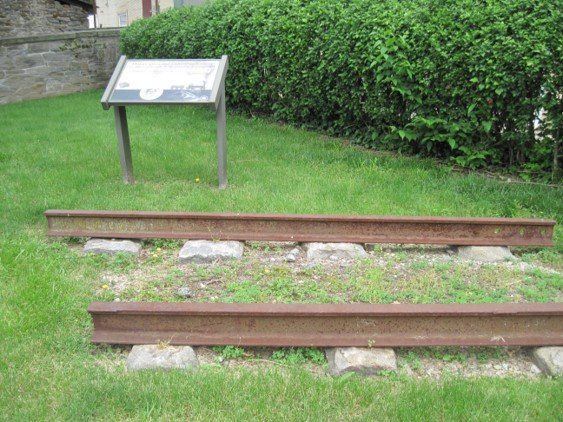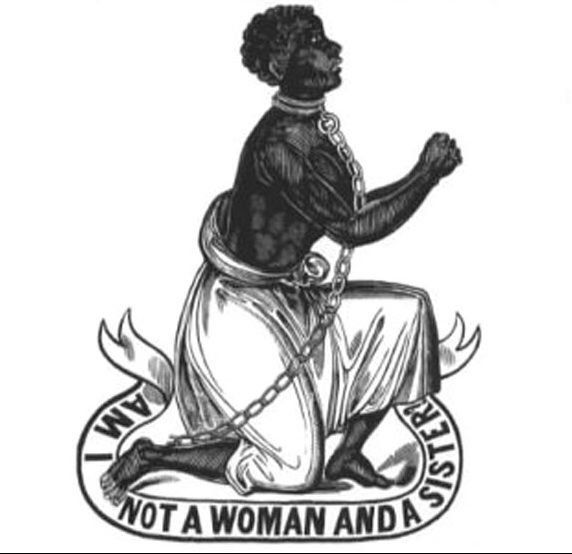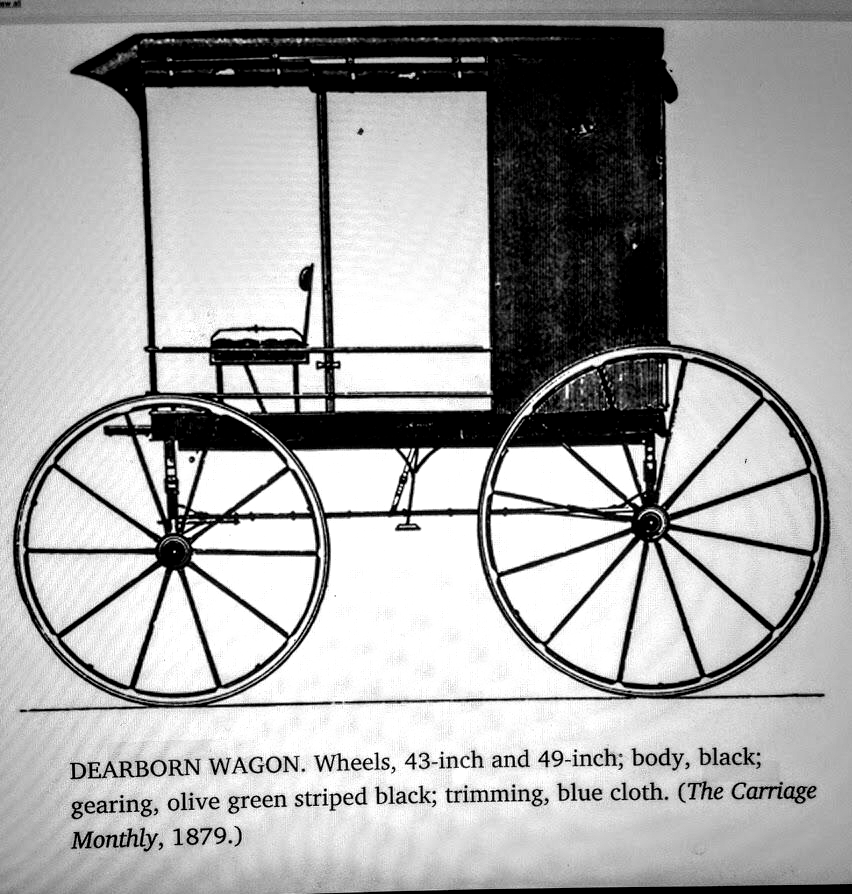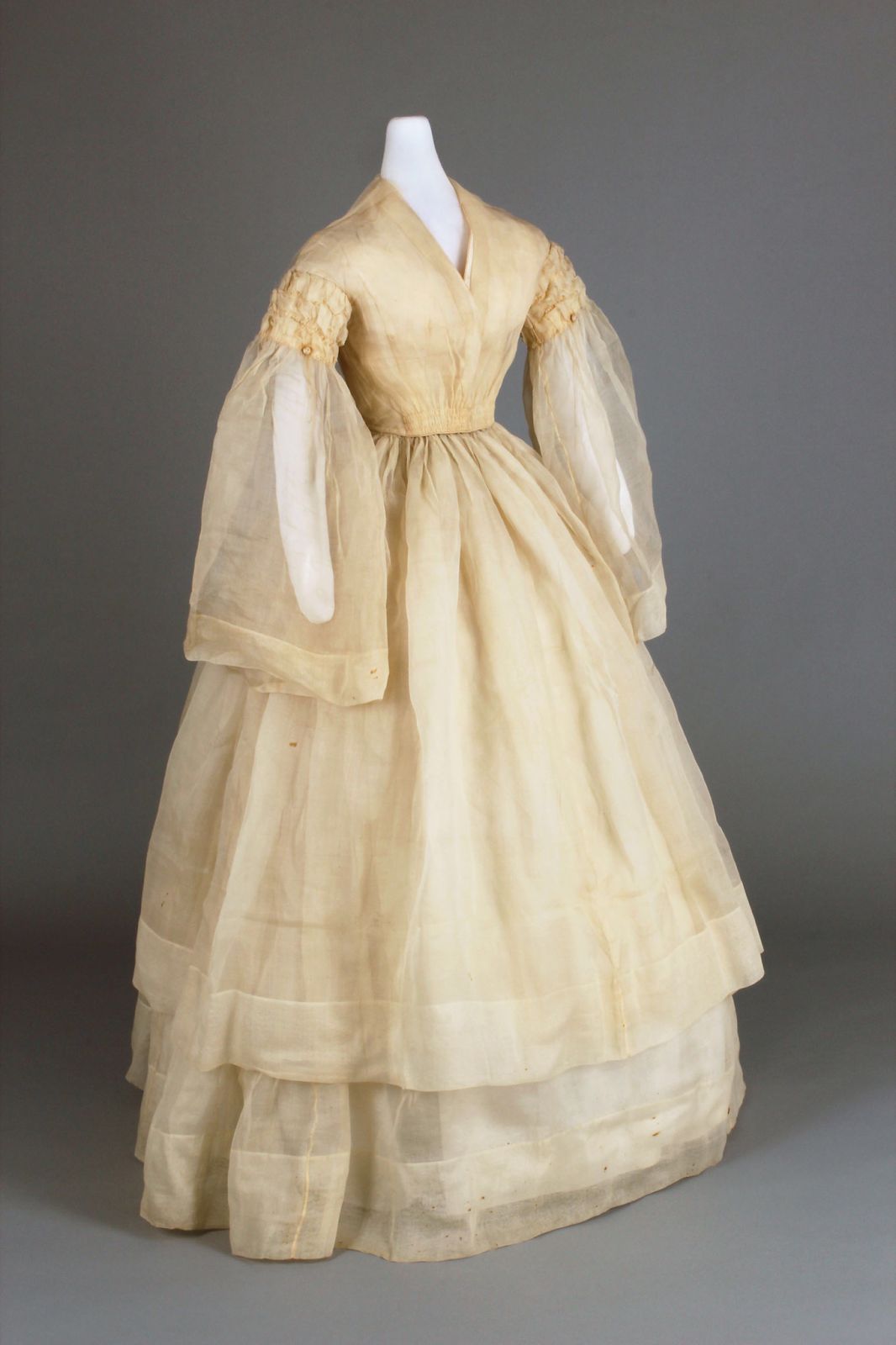The Main Line of Public Works, a visionary master transportation plan for Pennsylvania approved by the state legislature in 1826, originally called for a canal running westward from Philadelphia to the Susquehanna River. However, when that proved to be impractical, it was replaced by an 82-mile railroad to be built from Philadelphia to Columbia on the Susquehanna River 30 miles below Harrisburg. Starting from Broad and Vines streets, the railroad crossed the Schuylkill River on a predecessor bridge to CSX’s appropriately named Columbia Bridge. An inclined plane was then used to lift the railroad 196 feet to the top of the Belmont Plateau in what is now Fairmount Park. In Lower Merion Township the route followed the current location of Montgomery Avenue skirting the southwest edge of Merion Meeting. At its western terminus in Columbia a second inclined plane was used to bring the railroad down to river level.
Related History Pages
Related History Pages
View more

